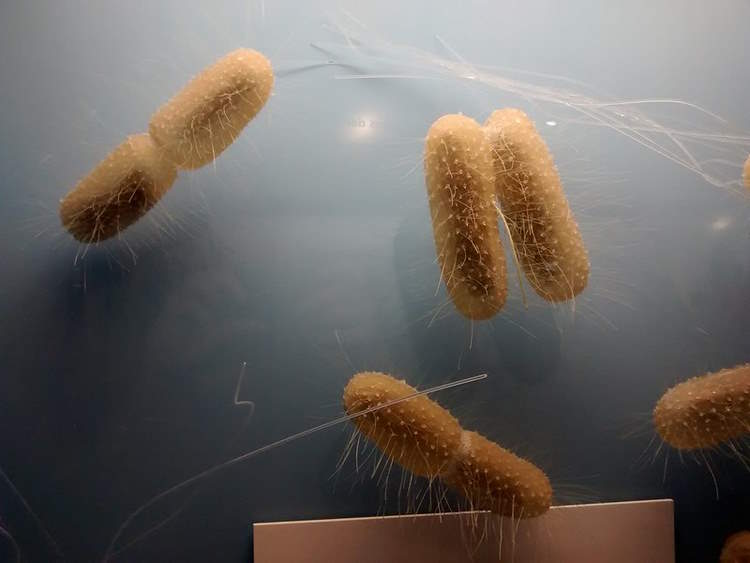The health of your aquarium ecosystem relies heavily on the presence of beneficial bacteria. Establishing a healthy aquarium requires the propagation of the growth of beneficial bacteria. But what are these?

While “bacteria” may evoke negative connotations, these microscopic organisms are essential in maintaining water quality and overall fish health.
In this blog post, we’ll explore the role of bacteria in your fish tank, how they contribute to a balanced environment, and how to encourage their growth.
What are beneficial bacteria?
Beneficial bacteria are microorganisms that naturally occur in an aquarium and contribute to a process known as the nitrogen cycle. The nitrogen cycle is crucial for breaking down harmful waste products your fish produce, such as ammonia and nitrite, into less toxic compounds like nitrate.
There are two primary types of bacteria involved in the nitrogen cycle:
- Nitrosomonas bacteria: These bacteria convert ammonia, which is highly toxic to fish, into nitrite, a less toxic but still harmful compound.
- Nitrobacter bacteria: Nitrobacter bacteria convert nitrite into nitrate, which is considerably less toxic to fish than ammonia or nitrite.
Learn more about the nitrogen cycle here.
Importance of beneficial bacteria in your fish tank
The presence of beneficial bacteria is essential for maintaining a healthy aquarium environment for several reasons:
- Waste breakdown: Beneficial bacteria help break down harmful waste products your fish produce, such as ammonia and nitrite, reducing their toxicity.
- Water quality: By converting toxic compounds into less harmful substances, beneficial bacteria help maintain optimal water quality and reduce the risk of poor water conditions, illness, and stress for aquatic pets.
- Stability: A well-established colony of bacteria can help stabilize your aquarium’s water parameters, preventing sudden fluctuations that can harm your fish.
How to establish and support beneficial bacteria in your fish tank
To establish and support beneficial bacteria in your aquarium, follow these guidelines:
- Allow for proper cycling: When setting up a new aquarium, it’s essential to allow time for the nitrogen cycle to establish before adding fish. This process, known as “cycling,” involves providing an ammonia source to encourage the growth of bacteria. You can do this using fish food, ammonia additives, or even by adding a small number of hardy fish.
- Use a quality filter: A good filter provides a surface area for bacteria to colonize. Choose a filter with ample biological filtration capacities, such as sponge filters or those containing ceramic media, to promote the growth of bacteria. You might find our post “How to set up a fish tank” useful.
- Maintain a stable environment: Bacteria thrive in a stable environment with consistent water parameters. Avoid sudden changes in temperature, pH, or other water parameters, as this can harm your bacterial colonies.
- Don’t over-clean: While it’s crucial to maintain a clean aquarium, over-cleaning can remove beneficial bacteria. When performing water changes, avoid excessive gravel vacuuming or cleaning of filter media, as this can disturb established bacterial colonies.
- Add bacterial supplements: In some cases, using commercially available bacterial supplements may be helpful to kick-start the colonization process or replenish lost bacteria after cleaning or medicating your aquarium.
Conclusion
Understanding the role of beneficial bacteria in your fish tank is essential for maintaining a healthy and stable environment.
By supporting the growth and establishment of these vital microorganisms, you can help ensure your aquarium remains a thriving habitat for your aquatic pets.
Monitor your water parameters and adjust your aquarium maintenance practices accordingly to promote the well-being of your fish.
Leave a Reply